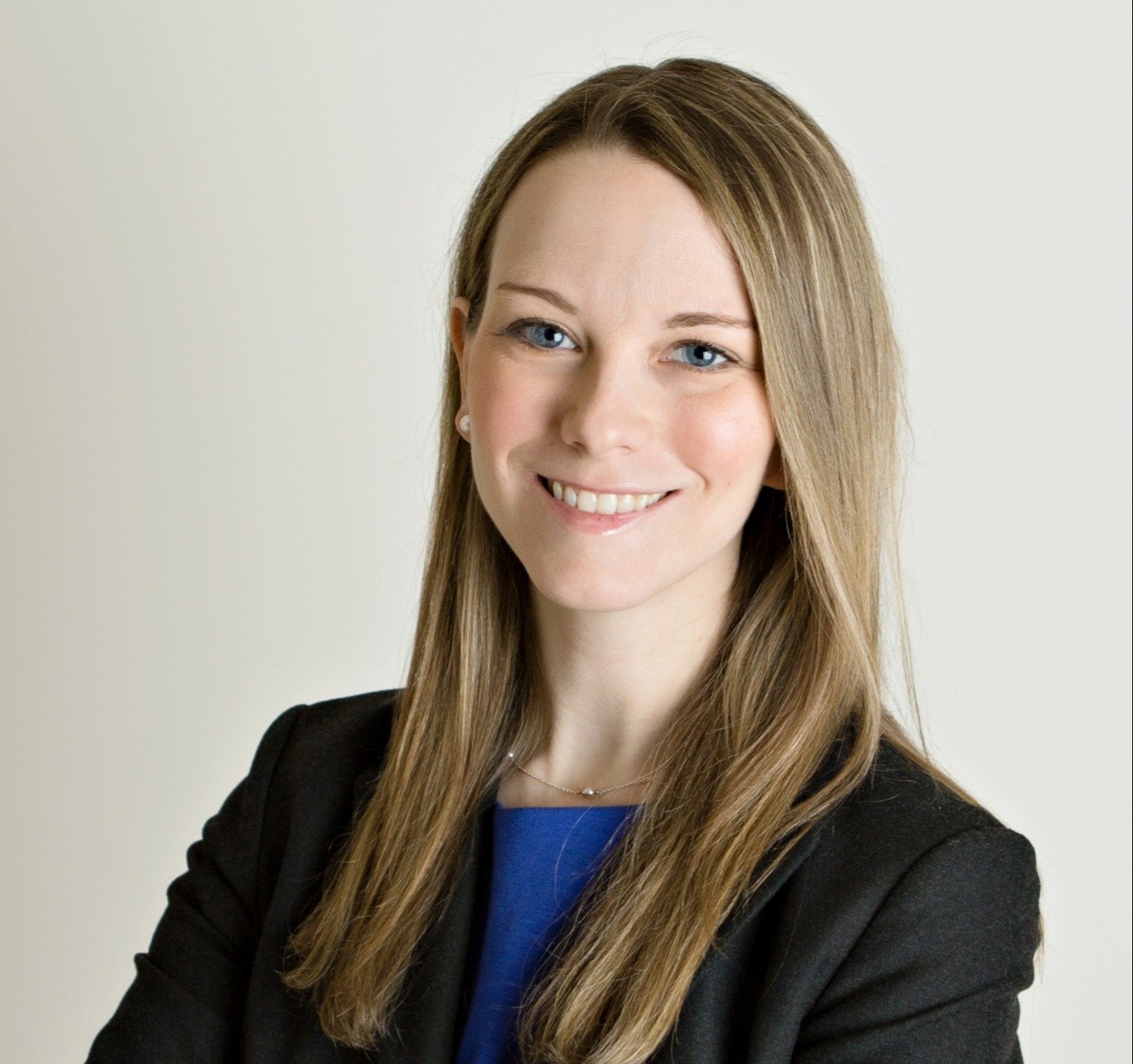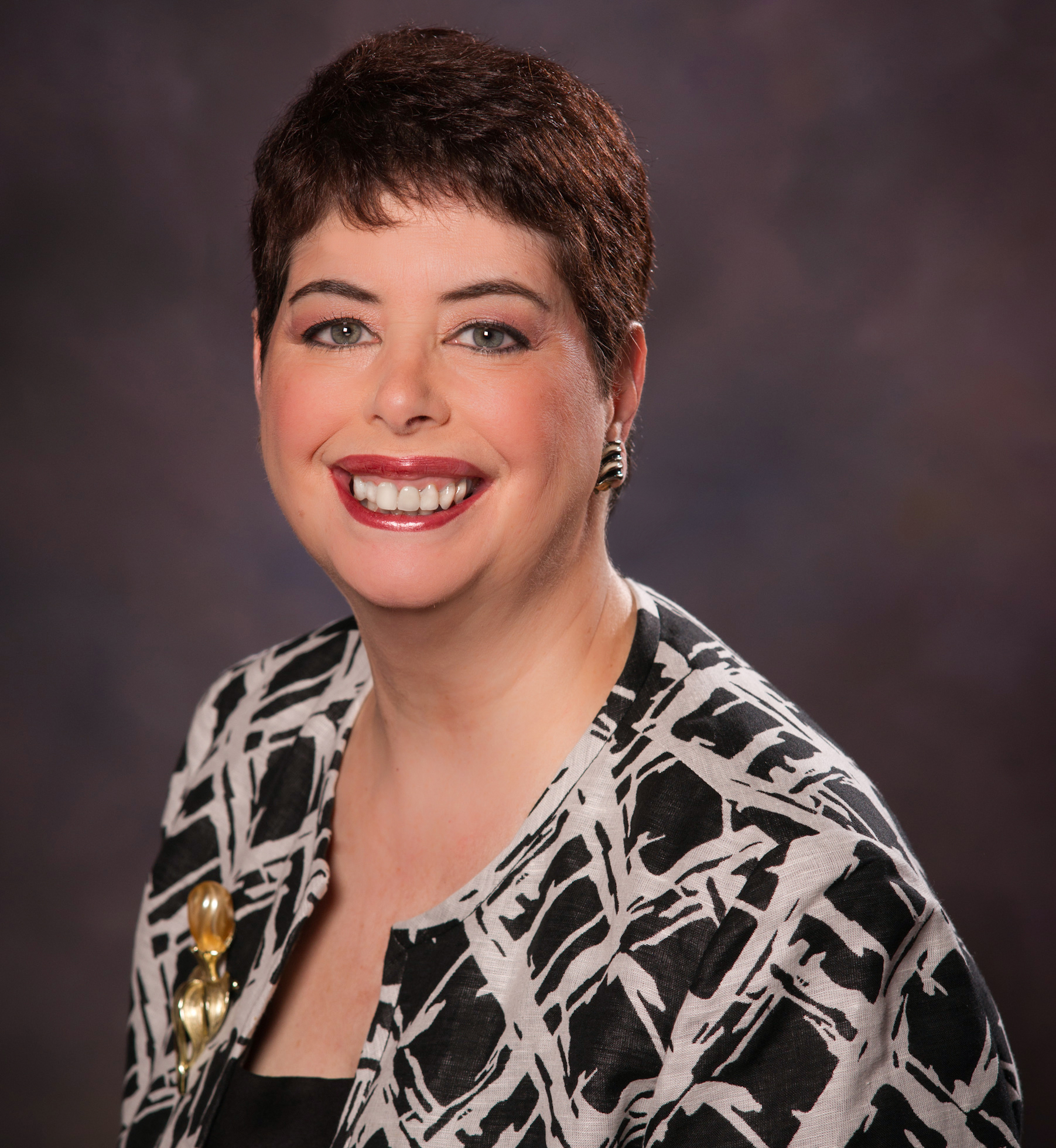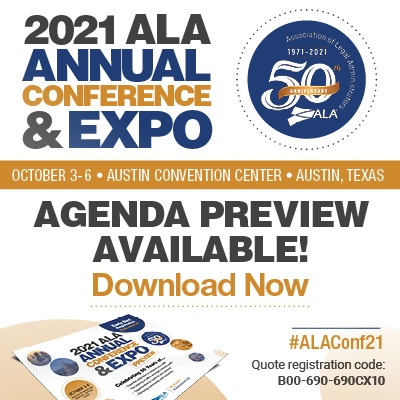Robust professional development for paralegals is especially important given the continued impact they will have on the legal industry. According to the U.S. Bureau of Labor Statistics, the projected growth rate for paralegals between 2019 and 2029 is 10% — 6% higher than the average for all occupations.
Nevertheless, training and development resources for paralegals can sometimes be overlooked by law firms.
“Firms should look at it more as an investment than an expense,” says Ann Pearson, Founder of the Paralegal Boot Camp. “I know it’s hard because it’s a line item on the budget, but it really is an investment, not just in people but also in serving the clients.”
Below are six key areas that firms should consider as they develop their paralegal professional development strategy.
1. DEFINE THE OBJECTIVE
As with any initiative a law firm pursues, careful planning is important when crafting a professional development program for the firm’s paralegals.
“Define the objective of the mission and make it really clear,” says Pearson. “Make sure it aligns with the overall business strategy of the firm.” She also says a clear objective that ties into the firm’s overall goals will help garner buy-in among firm leadership. Establishing an objective also provides a point of reference as firms assess the success of the initiative.
“Firms should look at it more as an investment than an expense. I know it’s hard because it’s a line item on the budget, but it really is an investment, not just in people but also in serving the clients.”
Hand in hand with defining the firm’s objective is determining which resources best support its goals. If the firm plans to build its own in-house training, for example, it should explore technology options.
“Technology-wise, you want to determine which learning management system is going to best serve the firm’s needs, how the firm is going to develop its training and how paralegals are going to access it,” says Pearson. Some options firms may consider include Kajabi, LearnDash, Ruzuku, Teachable and Thinkific.
2. CONNECT WITH PARALEGAL ASSOCIATIONS
While developing in-house resources is one viable option, firms shouldn’t be afraid to look beyond their walls.
“One of the best things you can do for your paralegals is to encourage them — if not sign them up yourself — to join their local paralegal association,” says ALA member Abigail Davis-Hess, CLM, Owner of ADH-Consulting (which offers training on paralegal best practices, among other areas). “Getting them connected to their local paralegal group is giving them a community they can reach out to for support and knowledge.”
3. PRIORITIZE TRAINING FOCUS AREAS
Paralegal professional development can run the gamut when it comes to topics. Three areas firms may consider when developing their resources are ethics, communication and project management.
Ethics
Understanding ethical obligations is essential when working in the legal industry. “The number one area that should be taught through paralegal professional development programs is ethics,” says Davis-Hess.
“Having a basic understanding of project management principles and how paralegals can apply those principles to their daily work to make them more efficient may be useful and may help paralegals manage their work better.”
She also notes a key area that should be covered is ABA Rule 5.3 — that attorneys are responsible for paralegals’ actions and work product. Training should also cover the parameters of the paralegal role, including communications with clients and others, disclosure of one’s status as a paralegal, and the types of duties one can and cannot perform. Paralegals should be fully trained on the unauthorized practice of law to ensure they remain in compliance.
Communication
Another vital area for paralegal professional development is communication. “Paralegals handle a great deal of the communication in and out of a law firm on a daily basis,” says Davis-Hess.
Communication skills are vital in terms of client service and firm best practices. Ensuring that the firm has a solid approach to communication and that paralegals are trained on this approach is essential.
“Writing skills are really important,” Pearson says. Firms must train paralegals on how to conduct themselves when representing the firm, including how to communicate with clients and outside vendors, she says.
Project Management
Paralegals may also benefit from professional development focused on project management.
“Having a basic understanding of project management principles and how paralegals can apply those principles to their daily work to make them more efficient may be useful and may help paralegals manage their work better,” says Pearson.
If project management is part of your firm’s best practices, providing paralegals with an overview is important so they can understand the approach, including its impact on workflows and productivity, and method used (e.g., waterfall vs. agile).
4. PROVIDE MENTORING
A valuable component to any professional development offering is mentoring, which yields more satisfied employees. Indeed, according to the CNBC/SurveyMonkey Workplace Happiness Survey, more than 90% of respondents who have a mentor are satisfied with their jobs — and more than half are “very satisfied.”
Davis-Hess recommends that firms provide either a paralegal or attorney mentor for each paralegal at the firm. “You want them to understand the ins and outs and why,” she says. A mentor can be a useful resource for everyday inquiries, substantive questions and career advice.
5. INCENTIVIZE PARTICIPATION
Despite best efforts, attracting participation in professional development programs isn’t always easy. Pearson recommends that firms offer incentives for paralegals to participate. For example, firms may provide billable-hour credit for attending certain training sessions and events. They may also offer credit for time spent teaching.
Another approach is to create a tier system, an approach Pearson has seen succeed at one of her client firms. Through a tier system, the firm establishes multiple seniority levels that include increases in salary and bonuses. To progress to the next level, paralegals must meet several criteria, including professional development goals. “It really gives paralegals an incentive and makes them feel they are truly advancing their career,” she says.
6. CONSIDER GENERATIONAL SHIFTS
In formulating the ideal professional development model for your firm’s paralegals, it is imperative to focus on the audience, including the newest generation of paralegals from Gen Z.
“Beyond the pandemic, I think the biggest shift or trend that we’re seeing is the need for training that’s going to fit better with the new generation of employees that are already working at the firms,” says Pearson.
For starters, firms should embrace video training. A study by the learning company Pearson — unrelated to Ann Pearson, the paralegal trainer — revealed that Gen Z’s learning method of choice is YouTube. According to the survey, more than 50% of respondents “say YouTube has contributed to their education, learning, and/or personal development in the past 12 months.”
Firms should be attuned to the length of video training. “All of the advice has been to start making shorter videos,” says Ann Pearson. Firms may consider breaking a training into multiple shorter videos rather than one long one.
“Beyond the pandemic, I think the biggest shift or trend that we’re seeing is the need for training that’s going to fit better with the new generation of employees that are already working at the firms.”
In addition to their attachment to videos, Gen Z also values their independence. A recent LinkedIn survey found that “nearly half of Gen Z respondents prefer a fully self-directed and independent approach to learning.”
As firms plan their approach, they may opt for an in-house video library, which gives paralegals freedom in planning their training.
“Create a video library on subjects like ethics, communications, best practices for your firm, etc.,” says Davis-Hess. “Law firms are busy places, so if you create the resources, paralegals can engage with the trainings when they need them, according to their own schedules and development.”
With clear planning and objectives, your firm can create the ideal professional development initiative for your paralegals. Crafting a solid professional development strategy will not only benefit paralegals’ growth but also bolster your firm.





